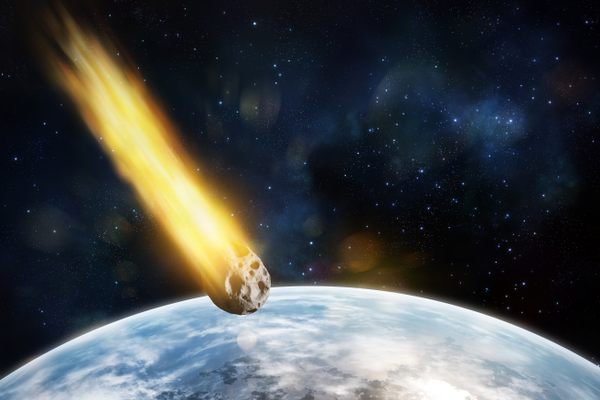NASA Is Creating Glowing Clouds for Science
Rest assured, they will come (and go) in peace.

If you’re on the Eastern Seaboard and look up around 4:25 am on Thursday, June 1, don’t panic. The glowing red and green clouds you may see aren’t aliens or “chemtrails,” but harmless clouds of barium, strontium, and cupric oxide created by NASA to study how particles move through the atmosphere.
NASA uses what are called sounding rockets for short-term experiments or equipment tests in the upper atmosphere that don’t need to be performed from space. The latest one, which launches Thursday from the Wallops Flight Facility in Virginia, will release 10 soda can–sized canisters that will emit vapor between 96 and 124 miles above Earth. The glowing clouds will be visible from North Carolina to New York, and as far west as Charlottesville, Virginia. They will provide a nice light show for anyone awake that early (with no other impact on the ground or in the air), but will also give scientists a chance to collect important data, using two cameras on the ground—one at Wallops and another in Duck, North Carolina—to help refine computer models of the upper atmosphere and ionosphere.

NASA planned to launch the rocket May 31, but delayed due to cloudy weather. (When glowing clouds are the focus of an experiment, regular clouds can be a problem.) The launch is scheduled for Thursday, but as with any rocket launch, there’s a chance it could be delayed again if weather interferes. NASA’s backup dates are June 1 to June 6. There’s a phone app to help with viewing, and those not on the East Coast can stream the launch and resulting clouds.

















Follow us on Twitter to get the latest on the world's hidden wonders.
Like us on Facebook to get the latest on the world's hidden wonders.
Follow us on Twitter Like us on Facebook